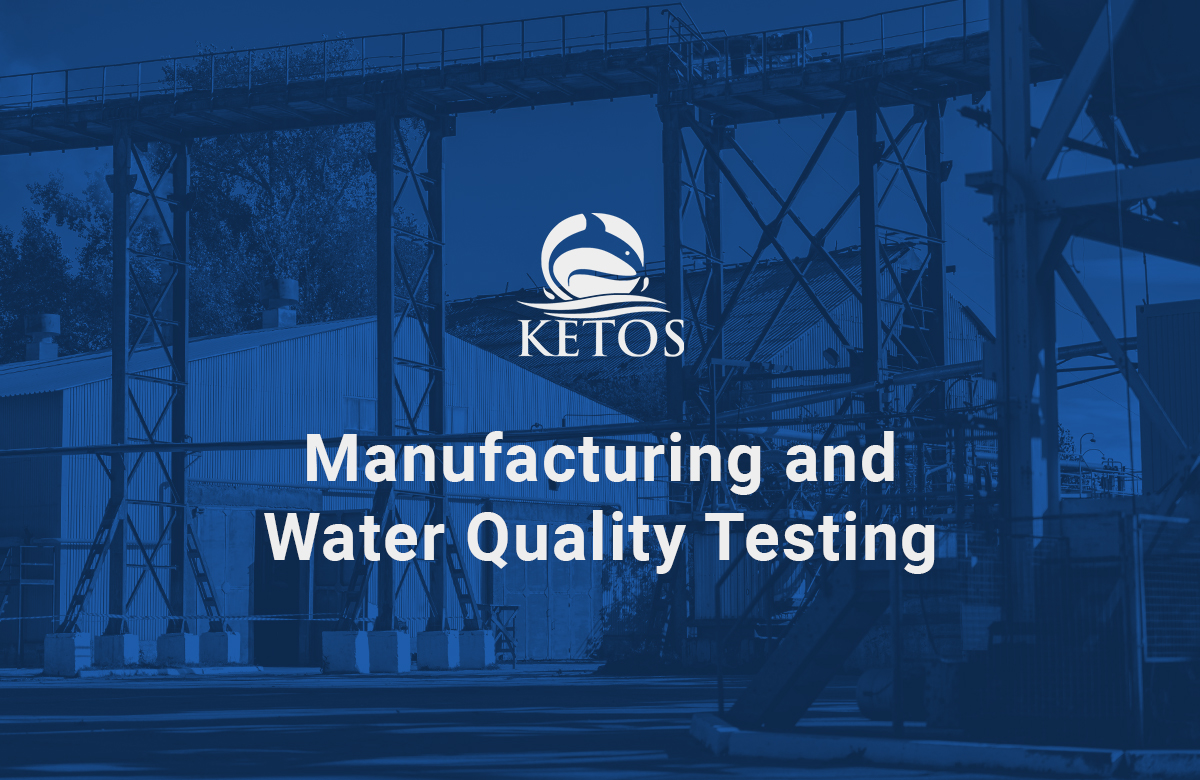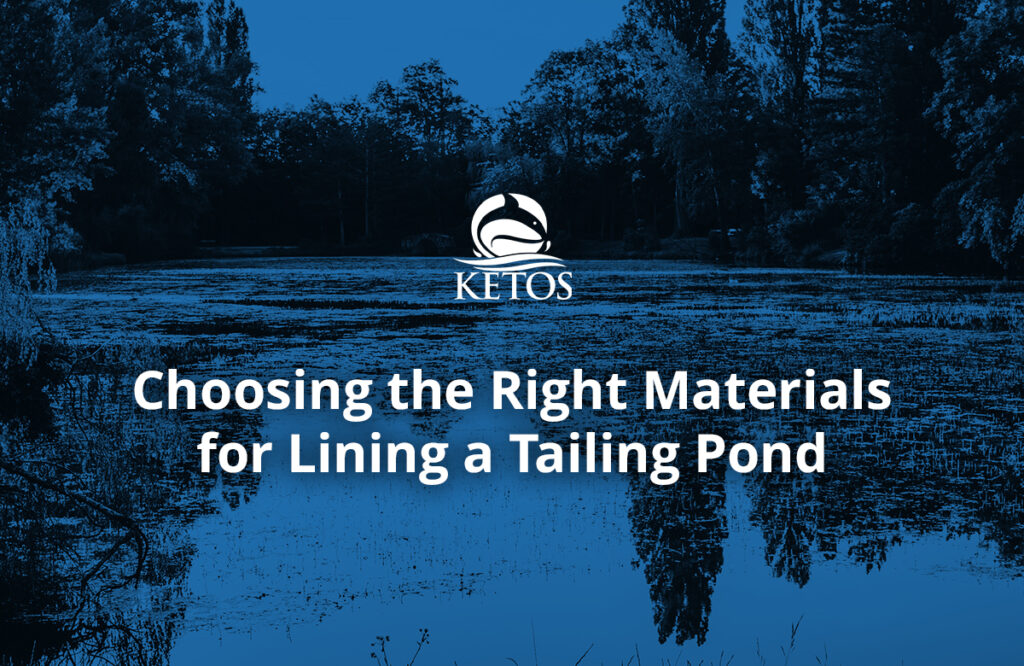Manufacturing varies widely, and therefore, manufacturing water quality testing needs can be vastly different depending on the organization – and the product. However, no matter what the process, manufacturing requires vast amounts of water. Everything from refining and producing raw materials to the building and compiling of the final product will require water which is why, even for the most mundane of products, hundreds, if not thousands, of gallons of water is needed behind the scene in the production process. For example, just one t-shirt requires 2,700 gallons of water. That’s enough to cover one person’s drinking water needs for 900 days.
With water fast becoming an ever-more finite resource, using so much water in manufacturing, especially in water-poor or water-depleted areas, may no longer be possible in the decades to come. Therefore, many organizations are beginning to reconsider water consumption at every step of the manufacturing process.
Manufacturing Water Quality Testing and Water Management
The manufacturing industry uses water during production for both cooling equipment and creating products. Fabricating, washing, processing, diluting, cooling, heating, and even transportation all require water. Food, paper, and chemical production also need water. However, smelting and oil refineries are also considered manufacturing activities, and water is also heavily used in multiple processes at those facilities.
Water quality during production may also vary. For example, food production and pharmaceutical manufacturing require very exacting water composition to ensure the health and safety of the final product. Therefore, the FDA heavily regulates water treatment processes related to food, beverage, medical, and pharmaceutical manufacturing processes.
While high water usage is one issue that is actually on the decline in the manufacturing sector, at least in America, a more significant challenge for manufacturers is maintaining water quality during production and post-production when wastewater remediation must be carefully considered.
Manufacturing and Wastewater Production
Since the 1970s, public and private investments have been made under the Clean Water Act to improve effluent quality to avoid environmental contamination during wastewater discharge. However, contamination events still happen. Sometimes it’s because treatment plants, collection systems, or equipment have deteriorated and require repair. Often, it is due to the fact that proper water quality monitoring is not prioritized and/or organizations do not have modern manufacturing water quality testing processes in place to catch contamination or infrastructure pain points before the release of improperly treated water or the damage to equipment.
While organizations strive to maintain compliance and largely follow regulatory guidelines, water quality monitoring can prove challenging as it is expensive and manual labor-intensive (pulling water samples is often required). Results may face delays when organizations rely on third-party labs to test and deliver findings.
How Technology is Making Manufacturing Easier
While traditional water quality testing methods have proven to be cumbersome and expensive, technological advances specific to the water industry allow more manufacturing organizations to embrace the digital transformation of their water management.
Advances in IoT, automation, AI, and cloud storage, for example, have vastly improved water monitoring and have helped understaffed water operators build efficiencies into their water compliance best practices. By using technology to assist in monitoring water quality and usage, operators can better understand the health not only of their water but water infrastructure as well.
By adopting technological devices and monitoring, water operators can now get a full 360-degree view of their water and can:
- Predict the need for maintenance on equipment
- Control water temperature and hardness – to protect both equipment and deliverables
- Balance and re-balance the chemical composition of their water (for less chemical usage overall)
- Test for more parameters more often
- More accurately predict product deliverables and timelines
- Lose fewer batches, reducing waste
- Ensure proper wastewater remediation
- Report on water quality and usage for better compliance and regulatory oversight
Monitoring Water Quality Effectively: A Way to Reduce Water Usage?
When water has adequate monitoring for quality, a water operator can ensure the quality of the product while also protecting equipment during the manufacturing process. Having technology in place that can deliver water quality KPIs can help a water operator streamline operations and build efficiency into existing processes. It can also play a big part in building water reduction best practices to help increase resiliency across long-term operational plans.
When water monitoring happens in real time, and personnel have access to the most recent, relevant updates, they can perform actions to mitigate water loss. For example, fewer chemical applications are needed, reducing usage. Over time, organizations can also track water usage and composition to find new ways to reduce water use and improve water remediation. Initiating water recycling programs is also a more manageable task, helping those organizations to build towards net-zero water usage.
KETOS and Manufacturing: Helping Streamline Water Quality Testing
KETOS is an award-winning solution that leverages automated hardware and cloud-enabled software to help water operators get lab-accurate water quality results in real time. KETOS can monitor for 30+ parameters (including heavy metals). Part of its appeal for operators is the built-in ability for water operators to set threshold alerts across any of the solution’s available parameters so that if any part of water quality changes or spikes, they can get notified in real-time.
The ability to set threshold alerts and gather real-time data can help manufacturers better control every part of the manufacturing process, leading to less downtime and fewer lost batches.
With KETOS, water operators can discard old water-quality testing methods, saving an organization money. Streamlining water quality testing and understanding water quality and usage can also build long-term resiliency into processes, making it easier for manufacturers to work towards more efficient water usage and, over time, less water usage during manufacturing processes.










